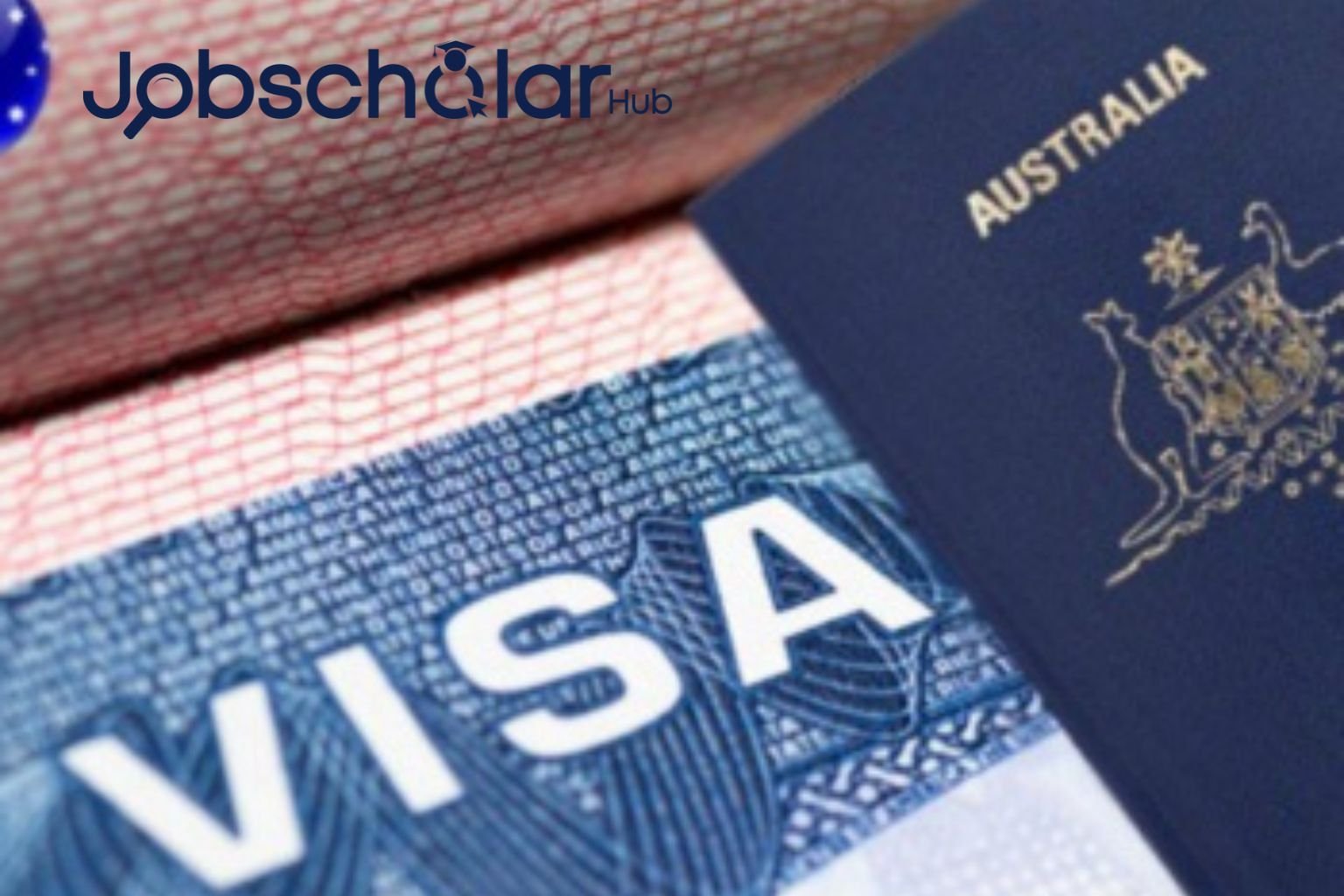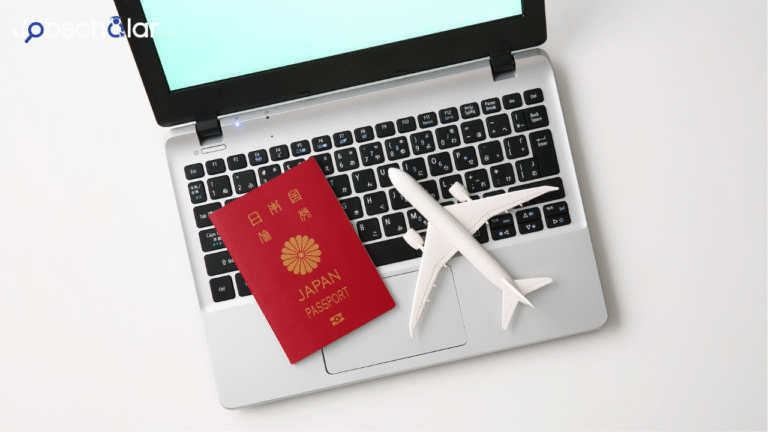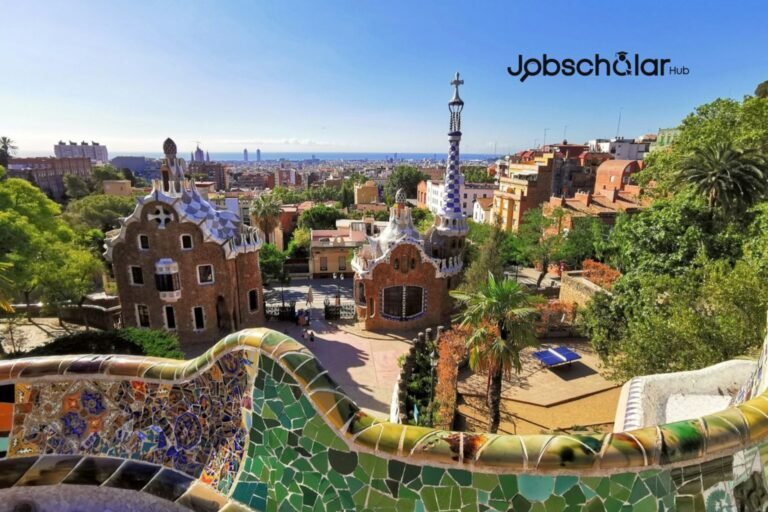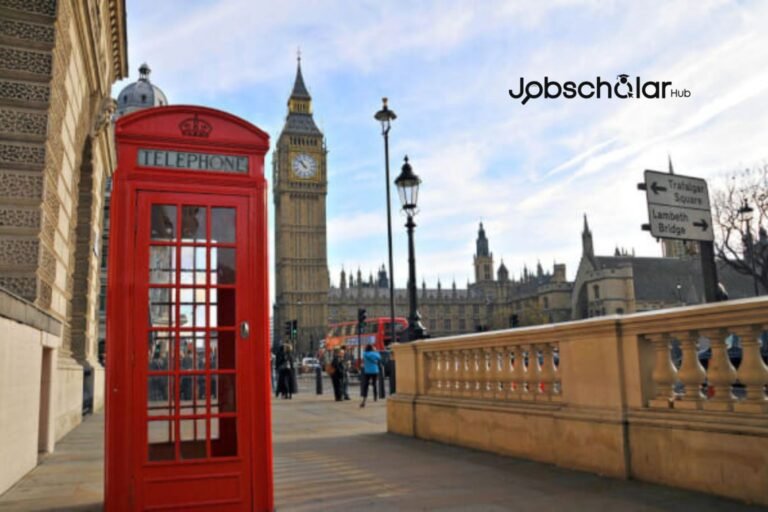Australia is one of the best places in the world to build a future, it’s no wonder thousands of people apply for permanent residency (PR) every year, with high wages, first-class healthcare and an easy-going lifestyle. However, getting PR is not as easy as just packing your bags and boarding a flight. It’s a process of points, paperwork and patience.
This guide outlines everything you need to know about getting Australian PR—who can apply, how to do it and what happens afterwards. Let’s get right into it!
Table of contents
- What is Permanent Residency in Australia and Why Get It?
- Australian Permanent Residency Rules: Who Can Get It?
- What Documents Do I Need for Australia PR?
- Cost To Be An Australian Permanent Resident
- How to Get Permanent Resident in Australia?
- What are your Rights and Responsibilities after you get PR
- How to Become an Australian Citizen after Permanent Residency?
- Common Challenges in Australia Permanent Residency and Strategies to Overcome Them
- Conclusion
- FAQs
- References
- Recommendations
What is Permanent Residency in Australia and Why Get It?

Permanent Residency (PR) in Australia allows you to live, work, and remain in the country indefinitely, the same as a citizen — but with no Australian passport or voting rights. If you want a better job, good health care or a way to become a U.S. citizen, it’s one of the best things you can do to position yourself for the long term.
Some of the most significant benefits of having PR status are:
- Live and Work Without Restrictions – Unlike the temporary visa holders, PR holders can work in any job & live in any places in Australia without restrictions.
- Medicare eligibility – PR holders are eligible for Australia’s world-class public healthcare system.
- Free or Subsidized Education— Having PR gives lower university fees and access to public schooling for your children.
- Easier path to become an Australian Citizen – Only four years of holding PR, you can apply for Australian citizens.
- Family Sponsorship- If you hold PR, you can sponsor family members for visas, allowing them to come to Australia to be with you.
- First-Home Buyer Benefits –Permanent residents are eligible to apply for home loans and government grants to purchase property.
- Travel Inside and Outside of Australia – Although getting PR does not equate to getting an Australian passport, it does give you the ability to reenter the country over and over again for five years, plus renewals.
- Permanent Residency goes a long way toward providing financial security and stability, along with access to every other aspect of Australian life.
Australian Permanent Residency Rules: Who Can Get It?
Not everyone qualifies for permanent residence, but there are various visa options intended for different types of individuals, whether you’re a skilled laborer, an investor or have family in Australia.
You should read:The Ultimate Guide to Migrating to Australia: What You Must Know.
What Documents Do I Need for Australia PR?
The documents required vary by visa type. However, the following are generally necessary for most of the Permanent Residency Applications:
- A valid passport
- Permanent visa application form
- If necessary, an approved recipient form
- Recent identity photographs
- Police clearance (to confirm good character)
- Evidence of good health
- Evidence of financial stability
Cost To Be An Australian Permanent Resident
The application fee for permanent residency depends on the type of visa applied for. Visa fees may also vary depending on the stream of the visa and how many applicants you include in your application if the visa has multiple streams.
How to Get Permanent Resident in Australia?

Unlike applying for a visa, your PR application process is not just a simple document submission. It is a well-defined structured process which involves eligibility criteria, document preparation, approvals, etc. Here is a step-by-step guide on how to apply:
Step 1: Choose the Right Visa Type
This could be-
- Skilled Migration Visas (189, 190, 491) – For professionals and tradespeople.
- Family Visas (Partner, Parent, Child) – For visa applicants that are sponsored by a relative.
- Business & Investment Visas (188, 132) – For investors and entrepreneurs.
- Refugee & Humanitarian Visas – For asylum seekers
That’s why choosing the correct option is very important, as each visa has various criteria.
Step 2: Check Your Eligibility
For skilled migration visas, eligibility is determined by a points test. You must achieve a minimum of 65 points to meet the standard. Points are awarded based on:
- Age (Max 30 points) – Points are awarded according to the age, with the maximum points going to the youngest applicants (25–32 years).
- English Language (Maximum 20 points) – More points for higher IELTS/PTE scores
- Work Experience (Up to 20 points) – The more skilled experience you have, the better.
- Education (Up to 20 points) — The higher the degree, the more points.
- Sponsorship (Bonus 5–15 points)– In the event that you acquire a state or family based nomination
Step 3: Lodge an Expression of Interest (EOI) through SkillSelect
Immigrating through a skilled migration visa requires submission of an EOI via SkillSelect, which is an online system that the Australian government and employers can use to assess applicants.
You may be issued an invitation to apply (ITA) for PR if your score is high enough.
Invitations are awarded competitively so higher scores give you a better shot.
Step 4: Collect Necessary Documents
When you’re invited, you must then submit official documents, such as:
- Bank statement and birth certificate.
- Results from the English language test.
- Education and skills evaluation
- Work experience letters.
- Health and character certificates (including police clearance).
Step 5: Apply for PR Online
Post your ITA, apply for your PR visa through Australia’s Department of Home Affairs website. This includes:
- Filling in application forms.
- Submitting necessary documentation.
- Visa fee (varies among visa type – typically AUD $4,000+ for skilled visas).
Step 6: Wait for Processing
Processing times for Visa determine the type of visa and (TO) Individual files. On average:
- For skilled migration visas: 6–12 months
- Family Visa: 1–2 Years.
- Business visas: Up to 2 years
Step 7: Get Your PR Visa Grant
If your application is approved, you will get a Visa Grant Letter and be allowed to live in Australia permanently! You’ll be also be given a 5-year travel facility, which means you’re free to leave and re-enter the country as needed.
So What Happens if Your Application is Denied?
If your PR application is refused! You can:
- Request a review via the Administrative Appeals Tribunal.
- Correct mistakes and reapply if your scores were too low.
- Consult a lawyer if you don’t know why it was rejected.
Read also: 5 Australian Companies That Sponsor Work Visas
What are your Rights and Responsibilities after you get PR
The PR is not only for staying in the country; rather it also provides a set of rights and responsibilities that change your daily life. Your rights as a PR Holder include-
- Access to Medicare – Australia’s public, free or subsidized health care system.
- Access to local schools and lower University tuition fees
- Travel To and From Australia — Free unlimited entry for five years (after which, a Resident Return Visa is required).
- Apply to Become a Citizen – After four years of residence in Australia, you will be eligible for full citizenship.
- Sponsor Family Members – Assist qualifying family members secure their visas to migrate to Australia with you.
- PR holders are eligible for First Home Owner Grants (FHOG) in some states, as such:– Buy Property & apply for Home loans
Your responsibilities also include-
- Abide by Australian Laws — Laws are meant to be followed, not broken, otherwise, your PR can be cancelled in some cases, or can lead towards deportation.
- Satisfy the Residency Requirement – For your PR to remain valid, you need to have resided 2 out of every 5 years in Australia.
- Pay Taxes – PR holders need to submit Australian tax returns and abide by financial regulations.
- Join the Forces (if compulsory) – Although not common, Australian PR holders may qualify for military service if absolutely necessary.
How to Become an Australian Citizen after Permanent Residency?
To become an Australian citizen/document if you intend on having full Australian citizenship:
- Live in Australia for at least four years (at least one year must be as a PR).
- Finalize your Australian Citizenship Test (a basic knowledge test of laws, history and values).
- Be of good character and agree to abide by Australian law.
- Join a citizenship ceremony and swear in with the pledge of commitment.
As a citizen you will receive a passport, the right to vote, and full government benefits.
Read this related content: Working in Australia: Complete Guide
Common Challenges in Australia Permanent Residency and Strategies to Overcome Them
#1. Ineligible because of not meeting the required points
The skilled migration visa asks for a minimum of 65 points, but invitations are usually extended to higher scores. Here’s how to score better:If your score is too low, here’s how to boost it:
- Increase your English test score (PTE/IELTS).
- Improve your chances by gaining additional work experience in your nominated occupation.
- Australian qualifications (adds extra points)
- Get nomination by state for more points.
#2. Long Processing Times
PR apps can take months or years. To avoid delays:
- Submit a fully complete application with all documentation.
- Make sure police and medical clearances are valid
- Respond promptly to all requests from the Department of Home Affairs.
#3. Skills Assessment Rejection
While a skills assessment is mandatory for skilled migration visas, thousands of applicants fail their skills assessment because of missing documentation, the applicant’s job description not matching the occupation or if necessary qualifications are not met. To avoid this:
- Use the official templates and align the job duties to the ANZSCO code.
- Employment letters — Check if the dates and details are correct.
- Select the correct assessing authority depending on your occupation.
#4. Visa Rejection
Your PR visa can be denied for incomplete forms, false information, or missing documents. If this happens:
- Look for the reason for refusal in the official letter.
- Appeal to Administrative Appeals Tribunal (AAT)
You may also reapply with corrected details.
#5. Find a Job As A PR Holder
When you get PR, finding a job is still hard, particularly if you don’t have local experience. Improve your chances by:
- Networking with people & groups (e.g. within Australia) on LinkedIn
- Taking short courses relevant to your field to help with what’s called upskilling.
- Internships or volunteer work to gain experience.
Conclusion
Permanent residency in Australia offers an exciting, stable future—but it’s not without its challenges. Take the bold step today and figure it out as you go. Feel free to ask any questions you might have in the comment section below.
FAQs
What are the payment options for Australian PR?
PR visa fee starts from AUD $4,000, depending on the visa type and dependents it may increase.
Can my Australian PR get revoked?
Yes. Your PR can be cancelled if you remain outside Australia too long or break laws.
Can I bring my parents to Australia after getting permanent residency?
Yes! You can sponsor them under the Parent Visa (runs on a lottery basis), which can take a long time to process.
Do I need a job offer to apply for PR in Australia?
Not necessarily. Most skilled visas definitely don’t need a job offer but it helps with state nomination.
Am I eligible for PR if I am on a student visa?
Yes! Most international students become PR after finishing studies, gain work experience.
References
- Henley & Partners– Australia Permanent Residency
- Australia Immigrants– How to become a permanent resident in Australia
- Immigration and Citizenship– Visa options for Permanent Residents






